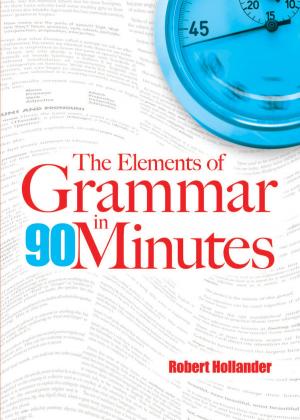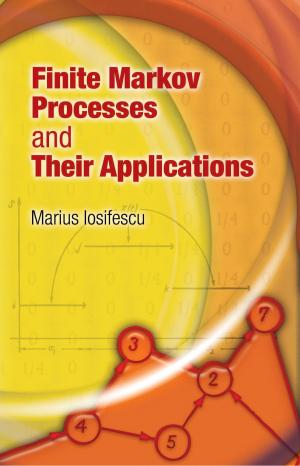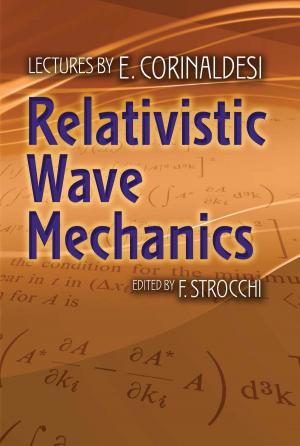| Author: | Steven H. Weintraub | ISBN: | 9780486821238 |
| Publisher: | Dover Publications | Publication: | May 3, 2017 |
| Imprint: | Dover Publications | Language: | English |
| Author: | Steven H. Weintraub |
| ISBN: | 9780486821238 |
| Publisher: | Dover Publications |
| Publication: | May 3, 2017 |
| Imprint: | Dover Publications |
| Language: | English |
Mathematical induction — along with its equivalents, complete induction and well-ordering, and its immediate consequence, the pigeonhole principle — constitute essential proof techniques. Every mathematician is familiar with mathematical induction, and every student of mathematics requires a grasp of its concepts. This volume provides an introduction and a thorough exposure to these proof techniques. Geared toward students of mathematics at all levels, the text is particularly suitable for courses in mathematical induction, theorem-proving, and problem-solving.
The treatment begins with both intuitive and formal explanations of mathematical induction and its equivalents. The next chapter presents many problems consisting of results to be proved by induction, with solutions omitted to enable instructors to assign them to students. Problems vary in difficulty; the majority of them require little background, and the most advanced involve calculus or linear algebra. The final chapter features proofs too complicated for students to find on their own, some of which are famous theorems by well-known mathematicians. For these beautiful and important theorems, the author provides expositions and proofs. The text concludes with a helpful Appendix providing the logical equivalence of the various forms of induction.
Mathematical induction — along with its equivalents, complete induction and well-ordering, and its immediate consequence, the pigeonhole principle — constitute essential proof techniques. Every mathematician is familiar with mathematical induction, and every student of mathematics requires a grasp of its concepts. This volume provides an introduction and a thorough exposure to these proof techniques. Geared toward students of mathematics at all levels, the text is particularly suitable for courses in mathematical induction, theorem-proving, and problem-solving.
The treatment begins with both intuitive and formal explanations of mathematical induction and its equivalents. The next chapter presents many problems consisting of results to be proved by induction, with solutions omitted to enable instructors to assign them to students. Problems vary in difficulty; the majority of them require little background, and the most advanced involve calculus or linear algebra. The final chapter features proofs too complicated for students to find on their own, some of which are famous theorems by well-known mathematicians. For these beautiful and important theorems, the author provides expositions and proofs. The text concludes with a helpful Appendix providing the logical equivalence of the various forms of induction.















